Is it possible to spray pepper with boric acid for an ovary and how to prepare a solution
Boric acid is a crystalline white powder of natural origin, but it can be synthesized in chemical plants from borax, a natural mineral. This substance is a source of boron, a trace element that plays an important role in the metabolic processes of a living organism.
Everyone knows this chemical as an antiseptic and insecticide. But not everyone knows that this substance serves as a fungicide and fertilizer, is widely used in the garden and garden. Why, when and how to use it, consider the example of pepper, a popular vegetable on every table.
The benefits of boric acid
Experienced gardeners use boric acid for peppers, spraying with good results.
Boron is one of the basic trace elements. The plant needs it throughout the growing season.
The use of boric acid has the following benefits for peppers:
- Seeds treated with boric acid solution give quick, friendly shoots.
- Plant growth is stimulated and accelerated.
- The synthesis of oxygen, nitrogen and other minerals is improved.
- The yield increases.
- Peppers are not susceptible to fungal diseases due to the chemical's antiseptic properties.
- Flowering and ovary formation are activated.
- Weak seedlings of peppers that do not grow in a natural environment (in an apartment, for example) receive good feeding.
- The quality of the harvest improves: the fruits become juicier and tastier.
- The harvest lasts longer.
- The use of the preparation for seed treatment subsequently protects the plant from fungal diseases.

The remedy is useful for the ovary: it is better preserved, the amount of barren flowers is reduced. If late blight affects the plant when the fruits are formed, after spraying with a solution of the chemical, they can be eaten without harm to human health. We can safely say that the use of boric acid for peppers, tomatoes, eggplants, zucchini is an "ambulance" in saving the harvest.
Lack and excess of boron in plants
The fact that peppers do not have enough boron is recognized by the following signs:
- the leaves have become small and deformed;
- new shoots have stopped growing, and the upper ones are dying off;
- flowers or ovary fall off, new ones are not formed;
- the fruits are not developing correctly.
An excess of boron is judged by the state of the leaves: they turn yellow and fall off, bend with a dome, their tips curl inward.
How to properly prepare a solution
Boric acid is used as a powder and in a diluted form. When preparing the solution, make sure that the crystals are completely dissolved.To do this, the required amount of powder must first be diluted in a small amount of hot water (not boiling water!), And then, while stirring, add cold water to the norm. Plants can only be processed with cold solution.
Novice gardeners are interested in whether it is possible to combine acid with other drugs and substances. Yes. The use of a solution based on boric acid and potassium permanganate will be effective: a pinch of powder is added to a bucket of a weak solution of potassium permanganate (water color is pinkish). Addition of glucose is useful for plants (10 ml per 10 l of solution). Tar or 72% laundry soap is added for better adhesion of the solution to the leaves and for processing inventory. Soda is added to prevent powdery mildew.
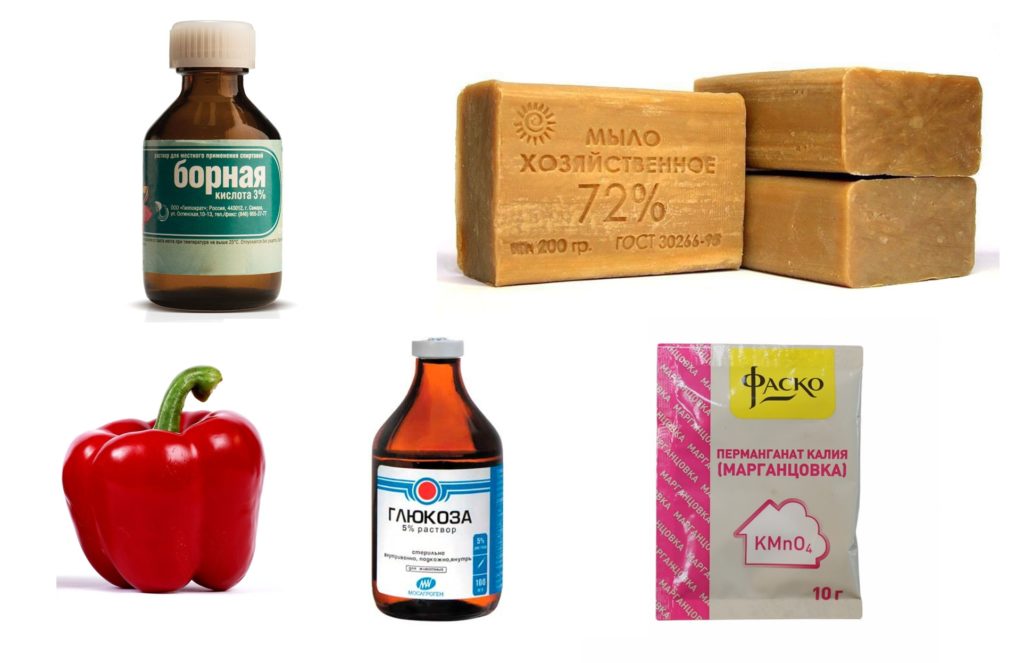
Boric acid as fertilizer
Boron does not exist in nature in its pure form - only as boric acid and its soluble salts. Natural boron compounds are mostly present in chernozems and chestnut soils. But they are almost absent in those lands where the main part is sand or clay, or liming was carried out. Therefore, additional fertilization is necessary. There are even special boron-containing preparations: Organo-Bor, Microel, Mikrovit, Rexolin ABC.
Fertilized with boric acid in two ways.
Root fertilizer
It is carried out if there are clear signs of a boron shortage. To do this, take 2 g of the drug per 10 liters of water. With this solution, you need to water the plants from a watering can at the root (fertilizer is enough for 10 m2 beds), then loosen the ground. The value of the fertilizing will increase if the solution is mixed with mullein or urea, especially if the leaves and ovary fall off the plant.
So that root feeding does not lead to burns of the lower leaves, first the plant and the soil are watered with clean water.
Foliar dressing
It is carried out during the entire vegetative period. The first treatment is before flowering, on the buds. The second spraying is carried out during budding (by flowers), the third - when the plant bears fruit. For spraying, a 0.05% solution is used (5 g of powder per 10 l of water, the concentration is higher than for root feeding). In this case, you need to ensure that the solution is evenly distributed over the leaves. It is best to use a spray that diffuses in the form of mist to prevent water droplets from rolling off the leaf.
Irrigation is best done in quiet, dry weather, in the early morning or evening. It is important that the solution is freshly prepared. Fertilizer consumption - 1 l per 10 m2.
Seed soaking
To soak the seed, a solution is used, which is prepared at the rate of 0.2 g of powder per 1 liter of water.
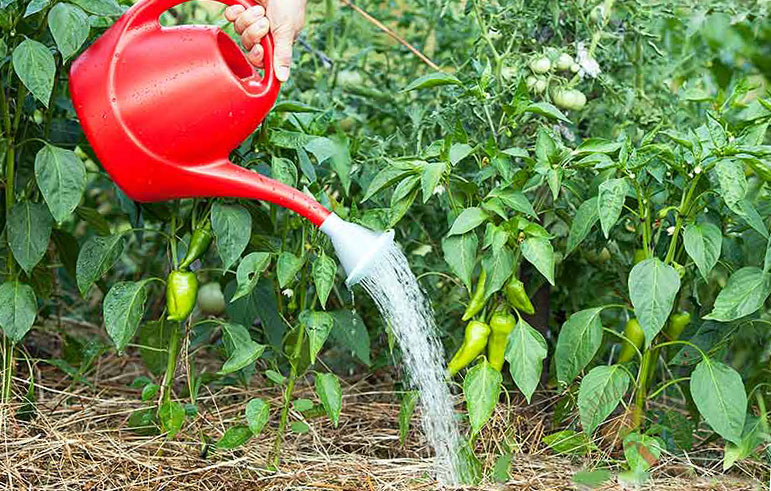
An effective remedy will turn out if boric acid is diluted not in water, but in an onion-manganese-ash solution. The mixture is prepared as follows:
- 2 handfuls of onion husks pour 1 liter of boiling water. Let it brew.
- Stir a liter can of ash in 1 liter of water.
- Mix both solutions (you get 2 liters).
- Add potassium permanganate (2 g).
- Dissolve 0.2-0.4 g of boric acid in the resulting mixture, add a full (with a slide) teaspoon of soda.
Such treatment of seeds will clear them of pests.
Fertilizing the soil
Before planting seedlings or sowing seeds, you can fertilize the soil directly. The soil is sprayed with a 0.02% solution (2 g of the drug per 10 l of water), then loosened. You can sprinkle manure with powder before adding it to the soil.
Fighting disease
As an antiseptic, the chemical destroys pathogenic microorganisms. Spraying peppers with boric acid prevents dangerous fungal diseases: verticillosis, phytoplasmosis (pepper column), late blight, black leg. These diseases are difficult to cure.
For spraying diseased plants, a solution is prepared in which the second component is potassium permanganate.There is an effective way to combat late blight, a disease that affects not only plants, but also fruits, causing brown spots on them. The secret of the method is as follows:
- first, peppers need to be sprayed with a weak solution of potassium permanganate;
- then treat with 0.05% boric acid solution (1 tsp for a bucket of water);
- repeat the treatment after a week;
- fix the result with iodine solution.
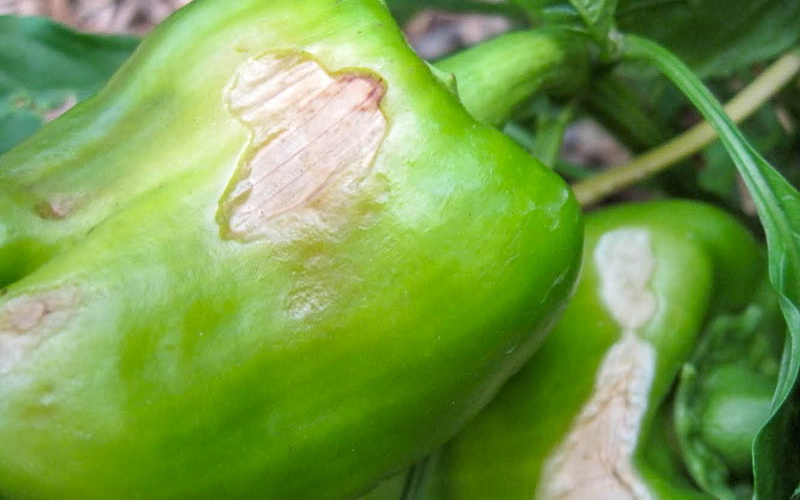
Phytoplasmosis is difficult to prevent, because its pathogens are insects. Therefore, after working in the garden, the inventory is treated in the same solution as for spraying peppers.
Pest control
In addition to the lack of minerals, as well as the presence of fungal diseases, pests such as ants, aphids, spider mites, and slugs adversely affect productivity. The use of boric acid powder is very effective against them.
For ants, a bait is prepared: 5 g of boric acid powder is dissolved in half a glass of hot water, 2 tbsp. l. sugar and 1 tsp. honey (jam). The mixture is thoroughly kneaded and laid out in containers with low sides between plants, where pests are noticed.
In a solution for spraying leaves against insect pests, it is useful to add 1 tbsp of water to a bucket of water. l. liquid soap and 1 glass of wood ash.
Processing of peppers with boric acid, like other crops, is harmless to humans and warm-blooded animals. But you still need to take precautions: with prolonged pollination, use personal protective equipment for the skin and respiratory organs. The use of boric acid is affordable and easy, you just need to carefully observe the peppers and process the plants in time. Then a rich harvest of a useful vegetable will be provided.
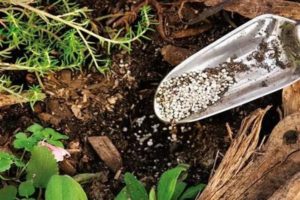
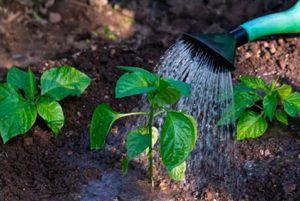
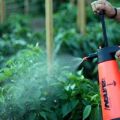
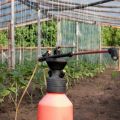
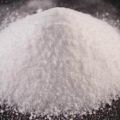
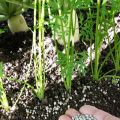

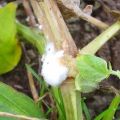
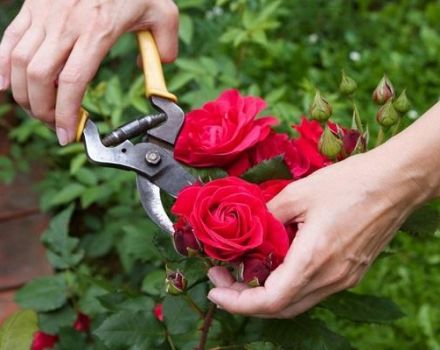
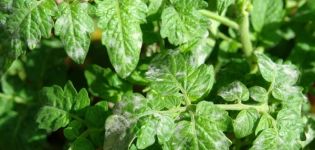
I have only negative experience of using boric acid, the agent is very aggressive. Now I use it very rarely. Better use a bioactivator "BioGrow”, It will not harm the soil.
What is his aggressiveness?